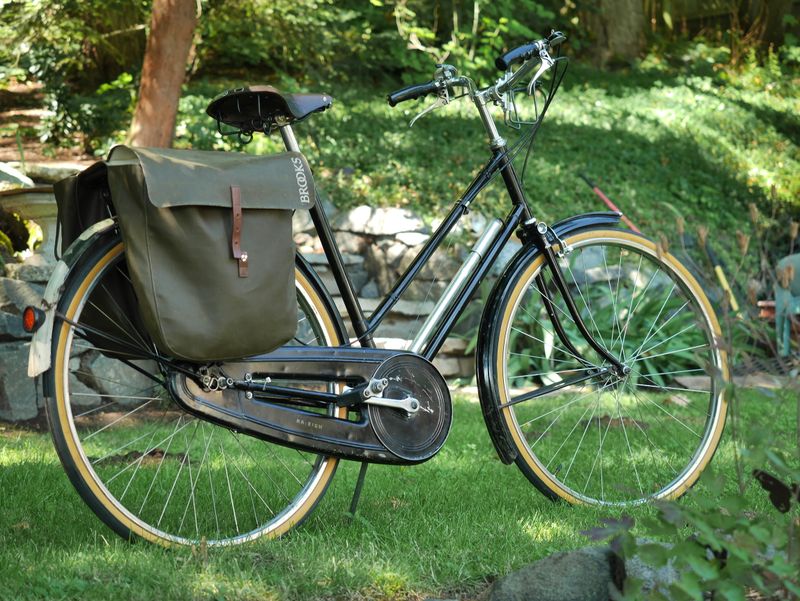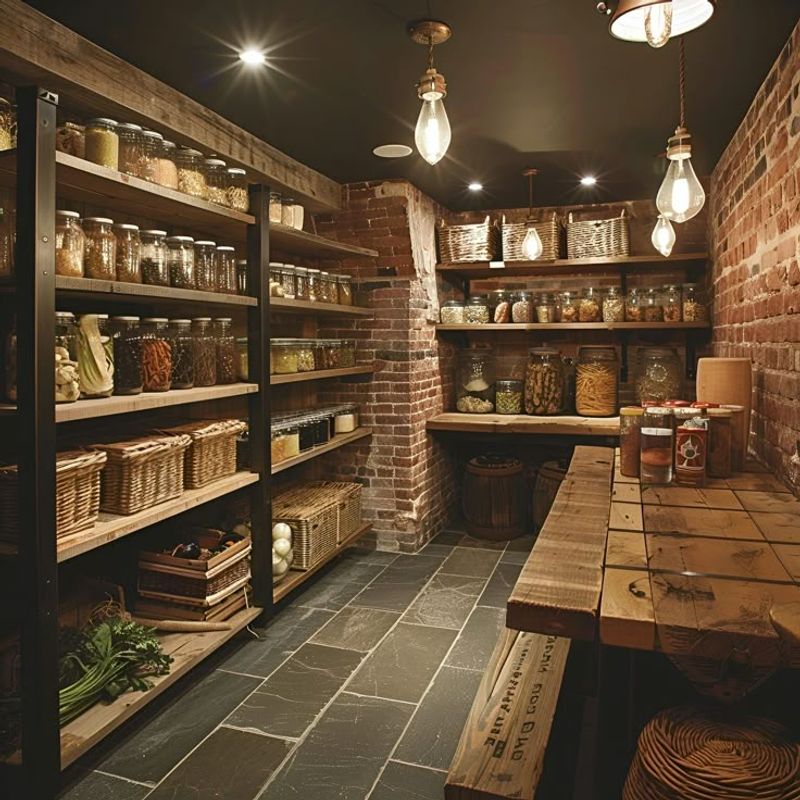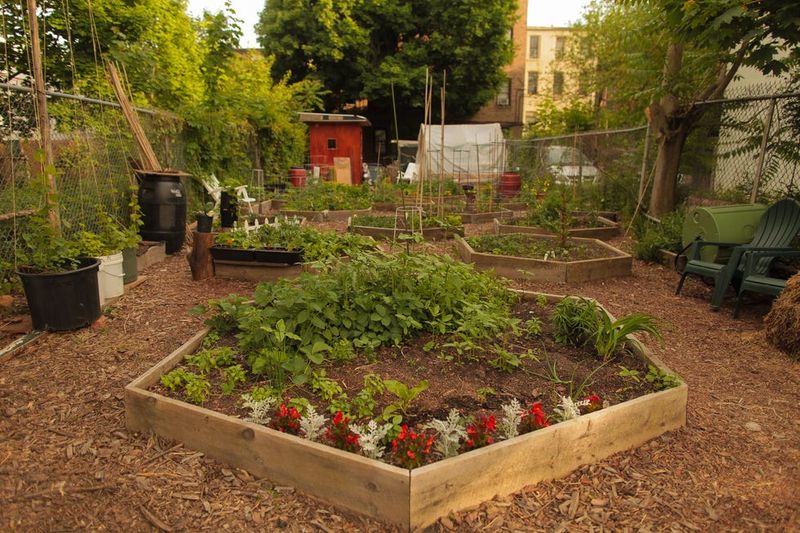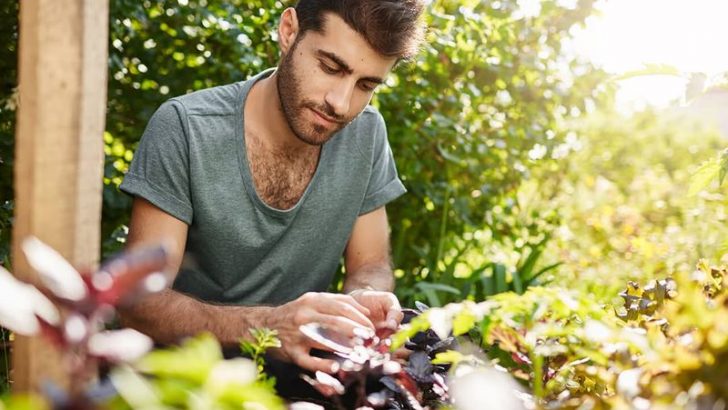In today’s fast-paced, technology-driven world, the wisdom of our ancestors is making a remarkable comeback, especially in the realm of sustainability. Those who lived a century ago adopted lifestyles that were inherently eco-friendly, not out of necessity but as a way of life. It’s fascinating how these age-old practices, rooted in resourcefulness and respect for nature, are once again finding their place in modern homes. Whether it’s through repurposing household items, practicing mindful consumption, or conserving energy in innovative ways, these timeless techniques are providing inspiration for a greener future. Let’s explore how these 13 practices are reshaping our approach to sustainability.
1. Rainwater Harvesting

Rainwater harvesting was a practical solution for great-grandparents, especially in rural areas. Large barrels captured rainfall, providing a sustainable water source for gardens and livestock. This practice is experiencing a resurgence today, adapting to modern homes with advanced filtration systems.
The sight of a vintage rain barrel might evoke nostalgia, yet its purpose is remarkably relevant. By reducing reliance on municipal water, homeowners contribute to water conservation efforts significantly. Incorporating this into contemporary designs marries functionality with eco-friendliness, offering an efficient way to manage water resources sustainably.
2. Composting

Composting is a testament to nature’s cyclic beauty. Our ancestors knew the value of turning kitchen scraps into nutrient-rich soil. Today, this practice reduces landfill waste and enriches gardens, making composting bins a staple in eco-conscious households.
Imagine the earthy aroma of decomposing leaves mingling with fresh soil. This sensory experience connects us to the land, fostering a deeper appreciation for the natural world. By creating a habitat for beneficial microorganisms, composting becomes more than just recycling; it’s a harmonious dance of renewal.
3. Cloth Diapers

Long before disposables, cloth diapers were the norm, laundered and reused countless times. This zero-waste solution is making a comeback, appreciated for its environmental and economic benefits.
Picture sun-dappled cloth diapers flapping on a line, a serene rhythm in the morning light. Choosing cloth over disposable echoes a commitment to sustainability, reducing landfill contributions while saving money. Modern designs are more convenient than ever, blending tradition with contemporary convenience, and reflecting a thoughtful choice for environmentally conscious parents.
4. Home Canning

Home canning was a preservation staple, allowing families to enjoy seasonal produce year-round. Today, this practice reduces food waste and supports local agriculture, as people turn to canning for nutritious, homemade goods.
The vibrant hues of preserved fruits and vegetables gleam through glass jars, capturing the essence of summer. The process of canning connects individuals to their food’s origin, instilling a sense of accomplishment. With each jar sealed, a story of sustainability is preserved, celebrating the art of self-reliance and mindful consumption.
5. Handmade Cleaning Products

Before the advent of synthetic cleaners, households relied on simple, effective recipes. Handmade cleaning products are resurging, free from harmful chemicals, promoting health and environmental well-being.
Imagine the crisp scent of vinegar mingling with fresh lemon. Crafting these solutions is both empowering and economical, offering a chance to reassess consumer habits. By embracing this tradition, homes become safer, and the planet benefits from reduced chemical pollution. It’s a step towards a cleaner, greener household, where simplicity reigns supreme.
6. Bicycle Transportation

Bicycles were a primary mode of transportation for many, offering freedom and mobility. This eco-friendly commute solution is gaining momentum as people seek healthier, sustainable ways to travel.
Envision the gentle breeze on your face as you pedal through open spaces. Cycling reduces carbon emissions and promotes physical fitness, aligning with holistic lifestyle choices. By rediscovering the joy of biking, individuals contribute to a cleaner environment and a healthier self, echoing the wisdom of past generations.
7. Root Cellars

Root cellars were vital for preserving produce without refrigeration. This ancient method is relevant today for energy-efficient storage, keeping food fresh naturally.
Picture a cool, earthen space with rows of potatoes and carrots, resting quietly in the dark. Root cellars exemplify sustainable living, allowing homes to store food with minimal energy use. They represent a return to time-honored traditions, where ingenuity meets practicality, offering a charming nod to the past while addressing modern needs.
8. Sewing and Mending

Sewing and mending clothes was a routine skill, extending the life of garments. This practice is experiencing a revival, promoting sustainability and creativity in fashion.
Envision the rhythmic hum of a sewing machine, weaving stories into fabric. By mending instead of discarding, individuals embrace a mindful approach to clothing, reducing waste and personalizing their wardrobe. Sewing reconnects us to artisanal crafts, where each stitch carries a narrative of resourcefulness and individuality.
9. Natural Insulation

Natural insulation, using materials like straw and clay, was a common practice for energy efficiency. Today, it’s celebrated for its eco-friendliness, enhancing modern home designs.
Visualize the earthy texture of straw packed within walls, providing warmth and comfort. This insulation method reduces energy consumption, harmonizing with contemporary environmental goals. Embracing natural materials pays homage to sustainable architecture, where the past informs the future, creating spaces that are both welcoming and planet-friendly.
10. Bartering and Trading

Bartering was essential for communities, fostering connections and reducing reliance on currency. This practice is reemerging in modern times, encouraging local economies and sustainable trade.
Imagine the lively atmosphere of a market, where goods and smiles are freely exchanged. Bartering nurtures a sense of community, offering a personal touch to transactions. By valuing skills and produce over money, individuals participate in a more balanced economy, echoing the communal spirit of our ancestors.
11. Herbal Remedies

Herbal remedies were a cornerstone of health, utilizing the healing power of plants. This natural approach is gaining popularity, offering alternatives to synthetic medicine.
Picture the calming ritual of brewing herbal tea, the steam curling upwards, infused with earthy scents. Embracing herbal remedies reconnects individuals to nature’s pharmacy, promoting well-being and self-care. With each sip, there’s a return to holistic health traditions, fostering resilience and balance in daily life.
12. Community Gardening

Great-grandparents understood the value of community through shared gardens, cultivating food and relationships. Today, community gardening thrives, offering fresh produce and fostering social bonds.
Visualize a patchwork of greenery, where hands of all ages nurture growth. These gardens provide food security and environmental benefits, promoting ecological awareness. By engaging in communal cultivation, individuals embrace a collaborative spirit, echoing the cooperative ethos of past generations, where community resilience was paramount.
13. Wood Burning Stoves

Wood-burning stoves were central to home life, providing warmth and a place for cooking. They are experiencing a revival for their efficiency and ambiance.
Imagine the crackling of wood, the warmth enveloping a room, and the rich aroma of stew simmering. These stoves offer a sustainable alternative to electric heating, embodying a connection to simpler, self-sufficient times. By integrating wood stoves, homes achieve a warm, inviting atmosphere, grounded in heritage and sustainability.

Well, hello there!
My name is Jennifer. Besides being an orthodontist, I am a mother to 3 playful boys. In this motherhood journey, I can say I will never know everything. That’s why I always strive to read a lot, and that’s why I started writing about all the smithereens I came across so that you can have everything in one place! Enjoy and stay positive; you’ve got this!

